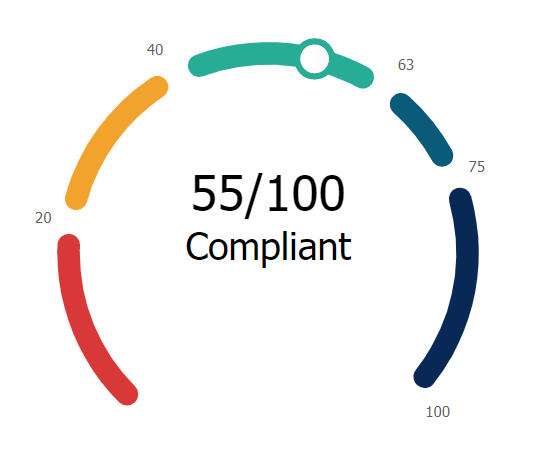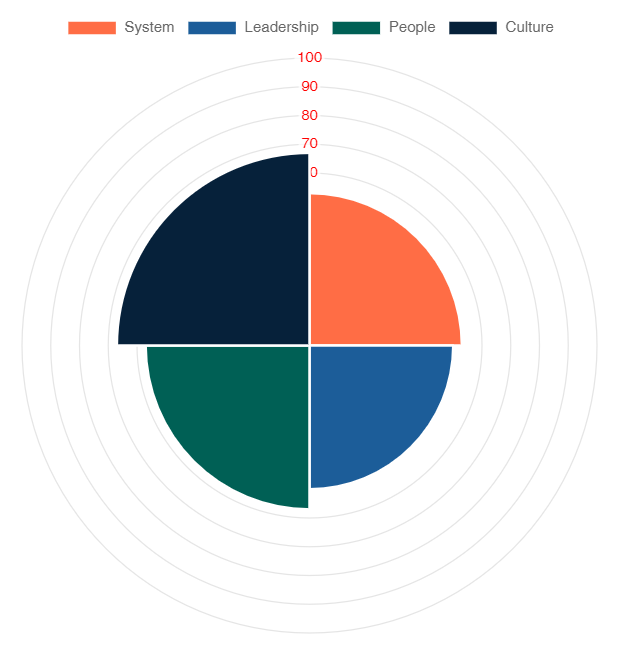Fatigue Maturity Assessment

The Fatigue Maturity Assessment benchmarks an organisation’s Fatigue Risk Management System against factors known to mitigate and manage workplace fatigue risk. The first step is to determine the current level of your FRMS and identify steps for improvement to enable progression to the next level and a more comprehensive FRMS. Each level builds on previous levels as each stage is dependent upon experience of the prior.
On completion of the Fatigue Maturity Assessment you will instantly receive a Fatigue Maturity Report that includes four key areas:
- A Fatigue Resilience Score:
Benchmarks your FRMS against best practice. - Critical elements summary:
Analyses how effectively people, systems, leadership and workplace culture interact. - Gap analysis:
Identifies areas for improvement against best practice. - Recommendations/action plan for future improvements:
Outlines the steps needed to improve the Fatigue Resilience Score for your organisation’s FRMS.
Principles of Fatigue Resilience
Workers who operate in dynamic, complex and high-risk environments require safe methods of completing work. The principles below are essential for building fatigue resilience in organisations that operate in highly fatiguing environments. These principles include:
Top-level Commitment
Do leaders accept that fatigue is a safety issue?
A 'Just' Culture
Do workers feel confident to report fatigue to a supervisor
A Learning Culture
Workers feel the discussion about fatigue is kept alive
Awareness
Workers know the major fatigue concerns within their company and outside their work groups
Preparedness
Workers think ahead of upcoming problems regarding fatigue (task planning/design or control plans)
Flexibility
The organisation has the resources available to cope with sudden problems with fatigue
Implementing these principles will support workers adapt to a constantly changing environment and is a strong predictor of future safety. Building resilience aims at promoting things that go right and preventing things from going wrong.
Measuring Resilience: The ‘Fatigue Resilience Score’
By completing the Fatigue Maturity Assessment you will be compared against the Fatigue Maturity Model and best practice Fatigue Risk Management activities.

Critical Elements Summary
An organisation's success and safety record is dependent on how people interact within what is often a complex and dynamic environment that includes systems, leadership and workplace culture.
Based on your responses to the Fatigue Maturity Assessment, you will uncover how well your critical elements are working against the mitigation strategies your organisation implements. This understanding can guide future strategies to improve the resilience of your FRMS.

Gap Analysis
During the Fatigue Maturity Assessment you are asked to rate each questions from 'No, not considered' to 'Yes, effectively implemented'. This enables FatigueTech to report on gaps in your FRMS against best practice activities.
Recommendations
Your responses and calculated maturity level will identified actions for you to consider to enable the next step in your journey through the maturity model. Actions you may want to consider are:
- Conduct a fatigue risk assessment in consultation with a cross section of the workforce to identify fatigue risk, ensure current practices meet legislative requirements and best practice guidelines.
- Train the workforce (online OR face-to-face) on the prevention and management of fatigue using the competency-based framework that has been contextualised to workplace procedures.
- Collect, analyse and report fatigue-related data for insights and continuous improvement.
